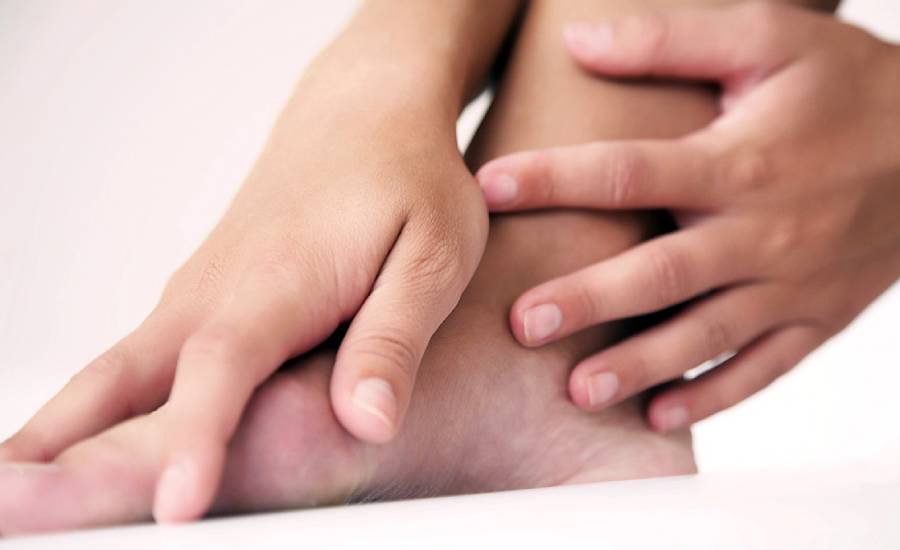How You Get A Foot Bunion and Why?

Houston’s Foot Doc Sherman Nagler on Bunion Pain
February 25, 2020
All About Toe Deformities
April 15, 2020A bunion is a deformity most commonly found on the big toe of your foot and might often cause joint pain. Bunions do not go away miraculously and may worsen with age. At its initial stages, a bunion may not be painful but with time pain manifests especially when fitting into a shoe. Visit a foot doctor in Houston for diagnosis and treatment should you suspect a bunion developing on your feet.
Causes For A Bunion
Everyone is susceptible to a bunion regardless of age, ethnicity or even fitness. It has however been highly recorded in women and older adults. Even though they can be acquired, these deformities may also be inherited. Schedule an appointment with a foot doctor in Houston to have your feet checked for any initial signs of a bunion.
There are two main types of causes for a bunion. One is the side effect of other medical conditions and the other could be a result of poor foot function. Conditions that lead to developing a bunion include gout, neuromuscular diseases, and rheumatoid arthritis. Wearing smaller shoes or those that are ill fitting may not exactly cause a bunion but can amplify the risk of developing one especially in people already susceptible to them.
How Do I Deal With My Bunion?
Suppose the bunion is noticed early for instance in a child, treatment can be administered successfully and can prevent the bunion from growing bigger. Preventive measures like supportive footwear with shoe inserts can also go a long way in maintaining healthy feet. Other preventive measures include, avoid over wearing tight-fitting shoes, and stay away from shoe that does not fit properly because they can cause too much toe pressure, which will bring about a bunion.
Treatment
A proper treatment for helping with bunions would be getting sufficient rest, using a silicone bunion shield and also application of ice or cold packs. For adults already with a bunion, it may be better to purchase shoes that support a wider toe base. This may not reverse the complication, however, it may mitigate the discomfort caused by the bunion. Anti-inflammatory drugs are effective in reducing the pain but can never treat the bunion itself. An injection containing corticosteroids may also be used alternatively to ease the pain on the toe.
Stretching your toes or using toe splints as an exercise can also be prescribed to help you foot. They can however only work when the bunions are in its initial stages and deformation has not yet progressed beyond normal.
When Should Surgery Be Considered?
While some bunions may be mild and painless, some can be more severe and cause great discomfort to the patient. In such circumstances, a bunion can be corrected through a surgical procedure called a bunionectomy. A bunionectomy is a procedure that removes or excise, the bunion and can also realigning the toe joint.
The outcome is that the procedure betters foot function and also ease the persistent pain on the patient’s foot. Success, however, depends on the size of the bunion and also the health of the patient. Provided proper diagnosis has been done and the treatment plan has been established, the bunion will be much easier to treat and the patient will be able to move on with his or her life without any discomfort. Most patients ignore the initial signs until the bunion has become an actual bother before they seek treatment which may then be both costly and painful so why not get treatment as early as you can.


